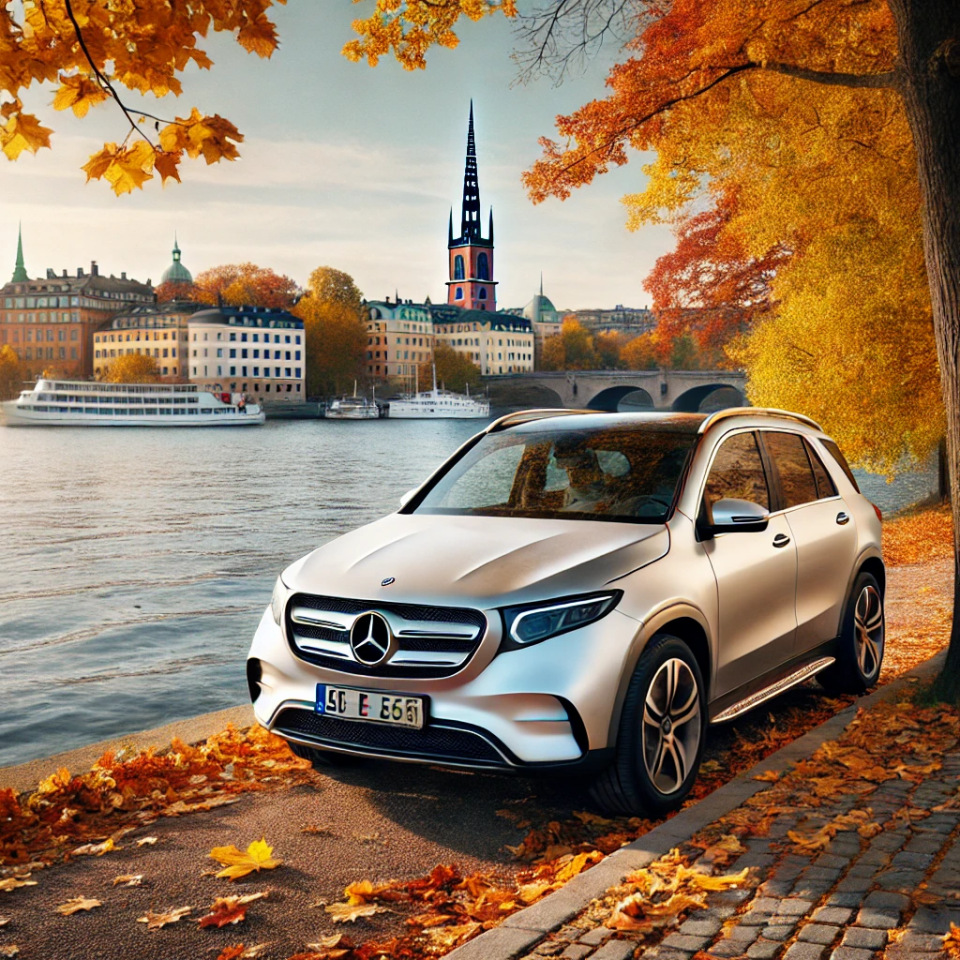How Does Cold Weather Affect My Electric Vehicle?
CTEK Shares Some Top Tips
As the days grow shorter and temperatures start to drop, it’s the perfect time for electric vehicle (EV) owners to prepare for the cooler seasons ahead. While EVs perform well year-round, there are a few adjustments you can make to ensure your vehicle continues to operate at its best in autumn and winter. By taking some simple precautions, you can optimize battery performance, enjoy efficient charging, and get the most out of every drive during the colder months. We’ve gathered some key tips to help you stay ahead and keep your EV in top shape, no matter the weather.
How Cold Weather Impacts Charging
One of the most important things for EV owners to understand is that colder temperatures may slow down charging times. Lithium-ion batteries, which power most electric vehicles, become less efficient in lower temperatures. This means charging a cold battery takes longer, and regenerative braking—a feature many EVs rely on—may not work as effectively in these conditions.
Tip: Plan for longer charging times during winter months. If possible, keep your vehicle plugged in when it’s not in use to maintain battery warmth, or take advantage of scheduled charging to start automatically during off-peak hours.
Maintaining Battery Health
Cold weather can cause EV batteries to drain more quickly than usual. Reduced battery efficiency means fewer miles per charge, making it essential to keep your battery in good condition to ensure it performs at its best in colder temperatures.
Tip: Precondition your EV before you start driving. Many electric vehicles allow you to warm the battery while the car is still plugged in, which can improve range and performance during cold weather.
Monitor Tire Pressure Regularly
Cold temperatures can cause tire pressure to drop, which not only affects vehicle handling but also reduces your EV’s efficiency. Under-inflated tires create more rolling resistance, which requires more energy from the battery to move the vehicle, ultimately shortening your range.
Tip: Regularly check your tire pressure throughout the autumn and winter to ensure your tires are properly inflated. If snowy or icy conditions are expected, consider switching to winter tires for improved safety and performance.
Preparing for slightly Reduced Range
Lower temperatures will inevitably reduce your EV’s range. While your vehicle’s range may decrease during cold weather, there are steps you can take to mitigate the effects and maintain efficiency.
Tip: Use heated seats and steering wheels rather than relying on cabin heat, as the latter consumes more power from the battery. Additionally, removing unnecessary weight from your vehicle and driving more conservatively can help conserve energy.
Be Mindful of Charging Stations
Winter weather may sometimes make charging stations harder to access due to snow or ice, or there may simply be fewer available in remote areas during bad weather. Make sure you’re familiar with your routes and where charging stations are located, especially on longer journeys.
Tip: Plan your trips carefully in the winter. Always make sure you’re never too far from a charging station when you need one.
Protect Your EV from the Elements
Although EVs are built to handle a wide range of weather conditions, taking extra precautions during winter can help extend the life of your vehicle and protect its components from potential damage.
Tip: Park your vehicle in a garage or sheltered area whenever possible to protect it from snow, ice, and freezing temperatures. If that’s not an option, consider using a car cover to shield your vehicle from the elements.
By following these simple tips, you can prepare your EV for the autumn and winter. Taking steps to care for your battery will help ensure that your electric vehicle remains reliable and efficient, even in colder weather.

